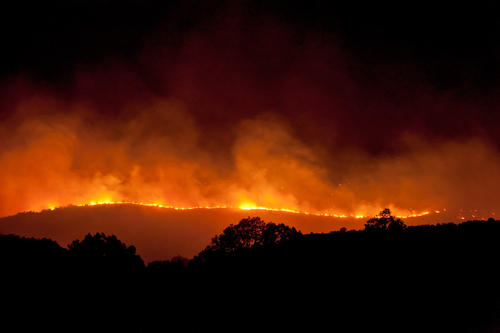The California wildfires of 2017 and 2018 caused roughly $33 billion in insured losses, surprising re/insurers as losses were outside of the market understanding of the risk and affected both property and casualty business lines.
Subsequently, several reinsurers are less comfortable with their understanding of the risk, which has led to the sector taking a cautious approach, with many curtailing or stopping their underwriting.
“The past two years have clearly highlighted that these secondary risks are not to be taken lightly,” said S&P Global Ratings credit analyst Hardeep Manku.
Furthermore, S&P says retrocession capacity, which in the past provided a cheaper form of capital and enabled the players to pass on the property-catastrophe risk in general, has become constrained.
Whatever capacity is available, S&P adds, is much more expensive after two subsequent years of double-digit rate increases.
Analysts expect significant rate increases for wildfire reinsurance between now and next year’s renewal seasons.
This may not be as apparent because wildfire is often combined with the other reinsurance coverage for primary perils; hence, the impact of pricing changes for wildfires gets somewhat lost in the aggregated pricing.
Meanwhile, there S&P believes there is no consensus on the insurability of wildfire risk.
“Reinsurers’ comfort level with the updated models for this hazard is not that high and not consistent,” reads a report from the ratings agency.
“While some reinsurers have become comfortable with the updated view of the risk and are willing to underwrite it–albeit at higher prices, others have either withdrawn from the risk entirely or have cut back significantly.”













